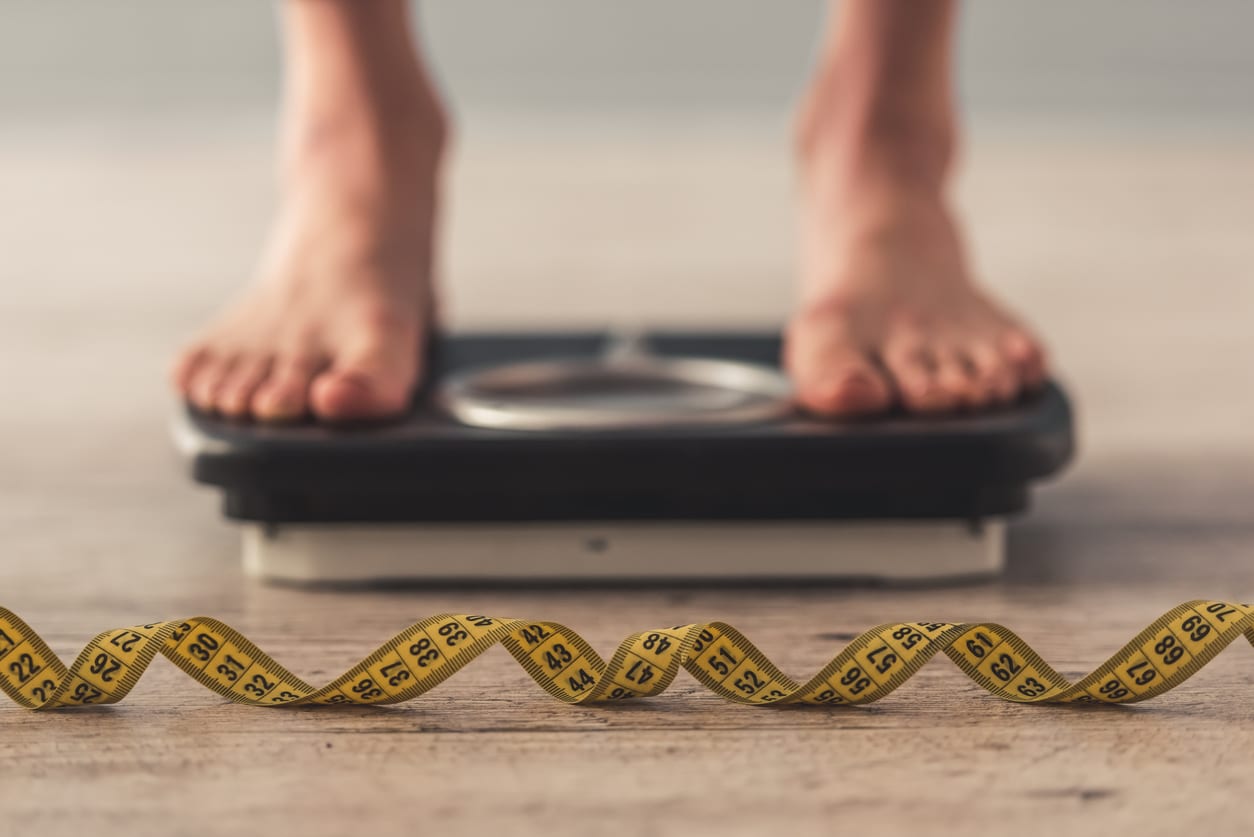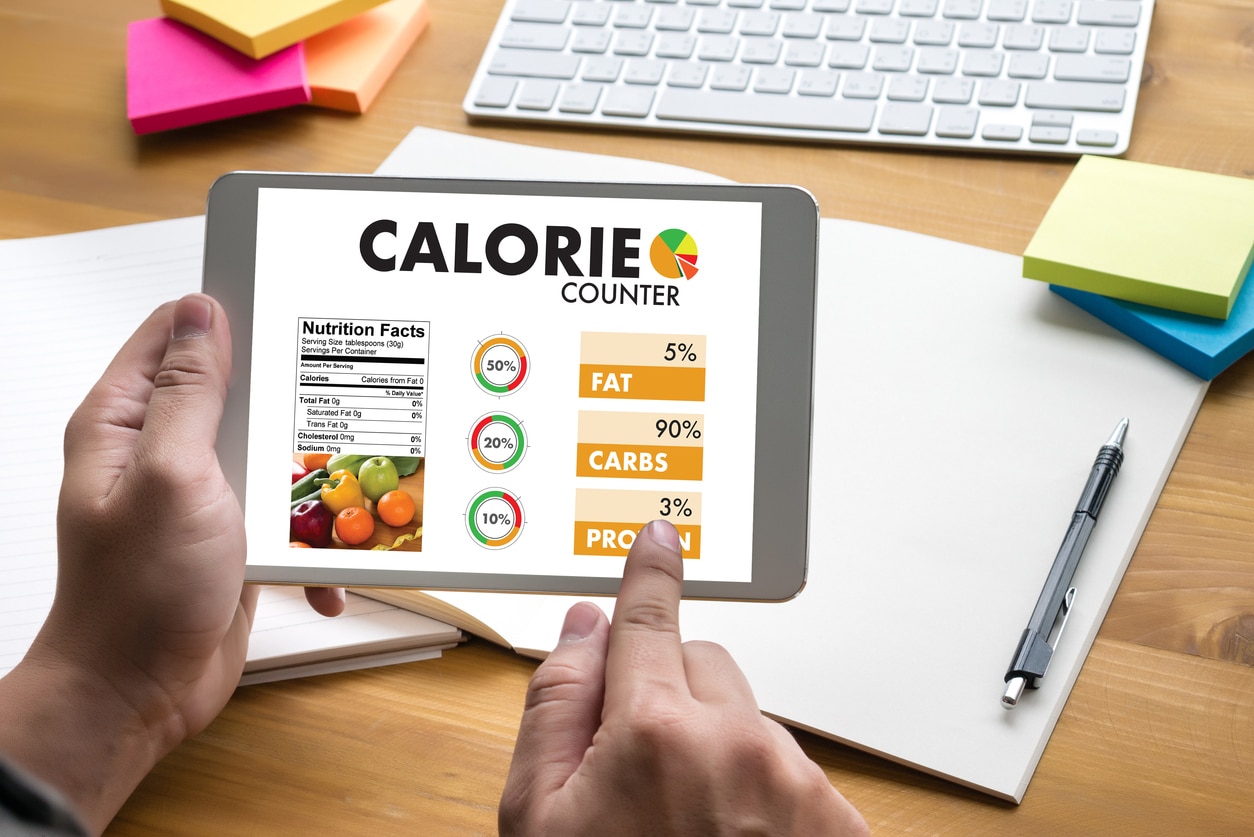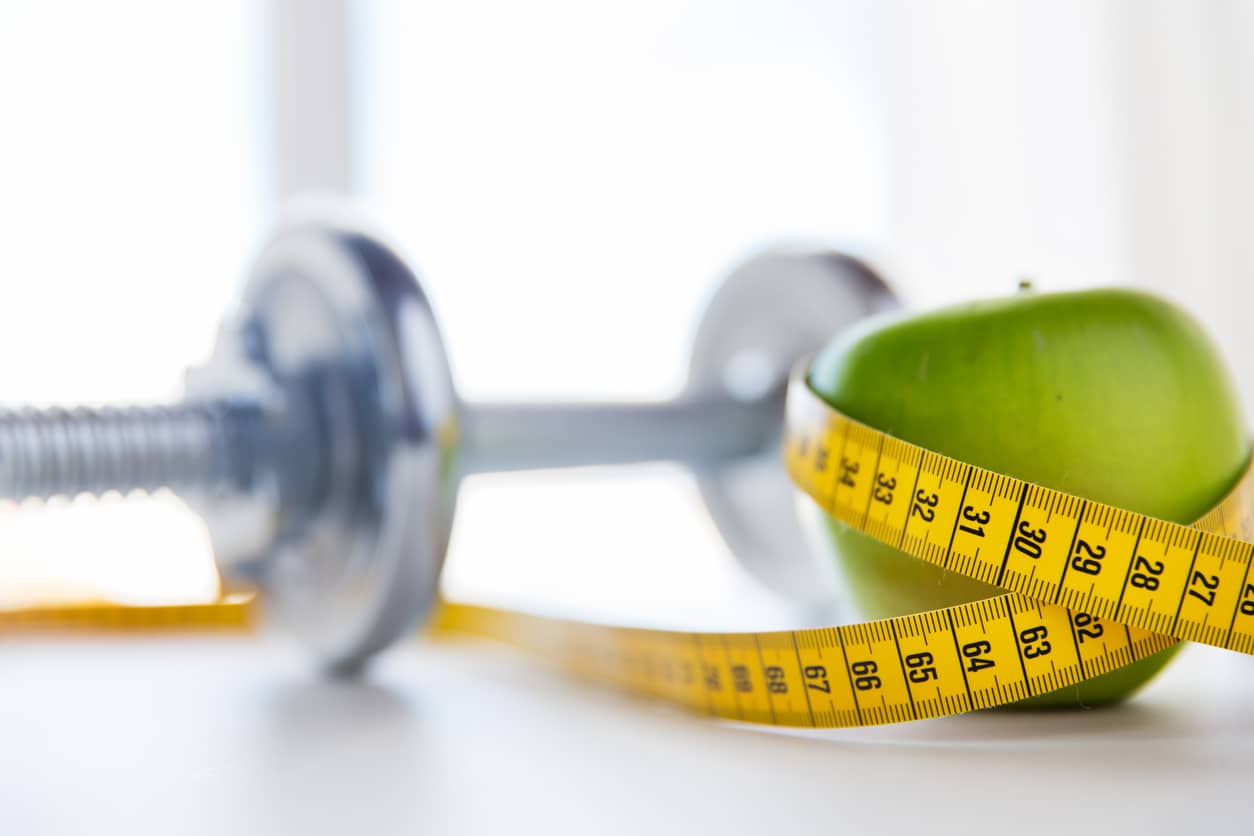No More Fitness Chores: How To Enjoy Working Out For Lasting Health
No More Fitness Chores: How To Enjoy Working Out For Lasting Health
Do you actually love exercise? Probably not, and you’re not alone. Most don’t know how to enjoy working out. Here’s the secret to loving workouts for life.
Do you hate working out?
Your genes might be to blame! Studies have shown that there are some people who are genetically predisposed to hating exercise. That might help to explain why only about 20 percent of Americans meet the federal government’s recommendations for physical activity.
But you can’t put all the blame on genetics when it comes to America’s exercise problem. There are also lots of people out there who don’t have fun while exercising simply because they haven’t taken the time to learn how to enjoy working out.
If you’re one of these people, you could be missing out on all the potential benefits of establishing a regular exercise routine. You could also be cutting years off your life and skipping the chance to make yourself a more physically fit person over time.
Here are 11 tips that’ll help you snap out of it and embrace working out.
Set Fitness Goals for Yourself From the Beginning
Most people know they should get more exercise than they do. So every now and then, they’ll sign up for a gym membership and start going to the gym every day after work. Or they’ll get into the habit of going for a walk or a run at the park.
There is (obviously!) nothing wrong with trying to make a commitment to working out. But you’re going to have a heck of a time keeping up with the commitment if you don’t have any goals in mind before you begin.
Is your goal to:
- Lose the extra 20 pounds you’ve been carrying around for a few years now?
- Build up your upper body strength and core so that you don’t have back problems anymore?
- Run five miles every few days to break a sweat and break out of the monotony of spending all day in an office?
Setting goals is arguably the most important part of starting a successful workout routine. Goals will keep you on track and help you avoid running into a wall at some point when your initial motivation runs out.
It’s also important to set new goals for yourself along the way. Once you’ve lost weight, gotten stronger, and run five miles, you should push yourself to set and meet other goals. You’ll find out how to enjoy working out by taking this approach to exercise.
Start Slow and Avoid Trying to Hit All Your Goals at Once
The biggest mistake people make when they first start working out is that they often try to accomplish all the goals they set for themselves at once.
They want to lose 20 pounds in a week so they spend three hours in the gym every day. They want to be able to improve their bench press by 50 pounds after just a few workouts so they work their muscles to the point of sheer exhaustion every time they’re lifting. They want to run five miles so they run each and every day for a few weeks.
If you haven’t worked out regularly in a long time, you could put your body at real risk by overdoing it at the beginning. Your muscles and the other parts of your body aren’t ready for workouts this intense.
You’re also going to expend all your mental energy if you aren’t careful. You might reach your goals, but you could also burn out in the process and stop working out once you do. That’ll be counterproductive and won’t allow you to develop lifelong workout habits.
Start off slow instead and ease your way into working out. It’ll be better for your mind and body and motivate you to continue coming back for more.
Find Someone Who Wants to Work Out With You on a Regular Basis
If you know that you struggle to motivate yourself to go to the gym or the park to work out, it might be a good idea for you to put out feelers and find a workout buddy.
Studies have suggested that those who work out with someone else tend to work out more often and have better workouts. This is especially true when people find workout buddies who are capable of providing them with emotional support.
This doesn’t necessarily mean you just want to choose anyone to be your workout buddy. In some cases, your workout buddy might actually end up dragging you down if you have to do all the heavy lifting as far as emotional support is concerned.
Before you agree to work out regularly with a person, make sure they’re as committed to exercising as you are. Make sure they want to do similar workouts to you as well.
By teaming up with someone else, you can make it easier to get motivated to go to the gym and swap workout stories with someone who can relate to you. It’ll make working out more enjoyable for both of you and make it feel more fun.
Experiment With Different Workout Routines (and Switch Up Your Routine Regularly!)
When you first start working out on a regular basis, you’re likely going to fall into some kind of routine. Whether you’re lifting weights, running, or doing some other activity, you’re going to find yourself doing the same exercises all the time.
It’s OK to do this for a little while, but you should try to switch up your routine from time to time. It can help you:
- Steer clear of overworking certain muscles
- Strengthen muscles you’re not using now
- Breakthrough a weight loss goal you’ve been struggling to reach
- Inject some life back into your workouts
- Prevent you from simply going through the motions and not giving it your all
It’s also not a bad idea to try out different workout routines that you might not normally think to do.
For example, if you’re someone who spends a lot of time lifting weights, why not try a yoga class on for size? It could provide you with benefits like the flexibility that will help you during your regular workouts.
Or if you’re someone who spends a lot of time running, sign up for an intramural sport. It’ll build up your teamwork skills while allowing you to stay active in a different environment.
The key is to switch up your exercise routines to keep them feeling fresh. You’ll be a lot more motivated to go work out when you don’t know exactly what’s going to happen when you do.
Keep a Workout Journal
It can be difficult to see the strides you’re making when you work out on a day-to-day basis. Others around you might see that you’re looking more fit, but you yourself might not notice your improvements.
Keep track of the progress you’re making by starting a workout journal, ideally when you first start working out. Write down the different exercises you do during each workout, the number of reps you complete, and more.
This will give you something to reference back to whenever you’re feeling like your workouts aren’t making a difference. You’ll be able to see proof that your workouts are paying off and turning you into a person who is substantially more fit.
Incorporate Music and Podcasts into Your Workouts
Does it feel like there’s more music being released these days than ever before?
You’re not just imagining things! People are listening to more new music today than in years past and struggling to keep up with all of it.
If you find yourself caught in this predicament, working out is a great way to give yourself the time you need to catch up on new music. You can give the latest Lil Wayne album a spin or see what the new Twenty One Pilots record is all about.
Working out is also a great way to enjoy all the best podcasts the world has to offer. Just imagine how much more motivated you’ll be to go work out when you know you have a great podcast waiting for you.
Try Not to Focus Too Much on How Much Weight You’re Losing (or Not Losing!)
If one of your goals when it comes to working out is to lose weight, listen up. You will lose weight when you work out regularly…but it might not always happen as quickly as you want it to.
Everyone loses weight at a different rate. Some people can work out for a week and drop 10 pounds, while others can work out for a month and lose two pounds.
With this in mind, you shouldn’t make losing weight your only motivating factor. Otherwise, you could end up quitting just when you’re about to make a big breakthrough simply because you aren’t patient enough.
Focus on enjoying working out and getting better at exercising as opposed to using the scale as a barometer for how well your workouts are going.
Use Your Workouts to Reduce Any Stress You’re Feeling
It’s safe to say that just about everyone in America is stressed out to some degree right now. A 2017 study found that people are stressed out over everything from health care and the economy to crime and terrorist attacks.
Rather than allowing whatever stress you feel to gnaw at you, why not use it for good? Teach yourself to reduce your stress levels by working out and eliminating a lot of your biggest stresses.
You’ll find that you think more clearly and process stress better after a great workout. You’ll also have a more positive outlook on your life and everything in it when exercise is a major part of your life.
That alone should be enough to inspire you to continue working out over and over again once you start doing it regularly.
Reward Yourself Every Now and Then
There are a lot of sacrifices that are going to come along with working out on a regular basis.
You’re obviously going to be giving up a lot of your time to work out. You’re also going to be giving up money for gym memberships, workout gear, and more. You might even decide to start eating healthier to hit more of your fitness goals.
This is all great! And before long, it won’t even feel like you’re sacrificing anymore. You’ll be gaining so much from working out that your sacrifices will feel small compared to what you’re getting in return.
But don’t forget to reward yourself every now and then for putting in the time, effort, and money to work out. Have an extra slice of cake every now and then or take a day off if you feel like your body could use it.
Avoid Being Too Hard on Yourself If You Miss a Workout or Two
Believe it or not, there’s going to come a time when you–yes, you!–are going to miss a workout and feel guilty about it. There is an anxiety that washes over a lot of people when they’re forced to miss a workout for whatever reason.
It’s easy to beat yourself up over it. Even if you had a completely reasonable excuse for skipping the gym or a run, you’re going to convince yourself otherwise and feel awful.
Don’t worry too much about it. The great thing about exercising is that it’s about more than one or two individual workouts. It’s about committing yourself to lead a healthier lifestyle and then sticking to it over the long haul.
Just don’t let one or two missed workouts turn into one or two months of not working out. It can be tough to get back on the right track once you veer off it. So get back in the gym as soon as you can and continue living your best life.
Enroll Yourself in a Fitness Challenge
Have you tried everything else and found that you still can’t seem to muster up the strength to work out? A fitness challenge might be exactly what you need.
The 9-Week Challenge, in particular, can prove to be beneficial for those who don’t necessarily love to work out. In less than two months, you can totally transform your body by working with a fitness coach while still eating delicious food.
You’ll love the way you look and feel at the end of the challenge, and it’ll put a good foundation in place for you to continue to eat right and work out more than you did before.
Once You Know How to Enjoy Working Out, It Won’t Feel Like a Chore
It’s not as hard to learn how to enjoy working out as you might think. Even if you absolutely hate the idea of doing it now, you can transform yourself into a workout warrior in no time.
Start by setting some goals for yourself and easing your way into a routine. Then, try some different workouts and set up a workout journal, and before you know it, you’ll be a regular. It’ll turn out to be the best decision you’ve ever made.
Read our blog for more information on setting up a workout routine for yourself or contact us with any questions you might have.
Our 21 Day Body Transformation Challenge combines diet and exercise to transform your look. If you want to turn heads for the right reasons, find out more here.












Recent Comments